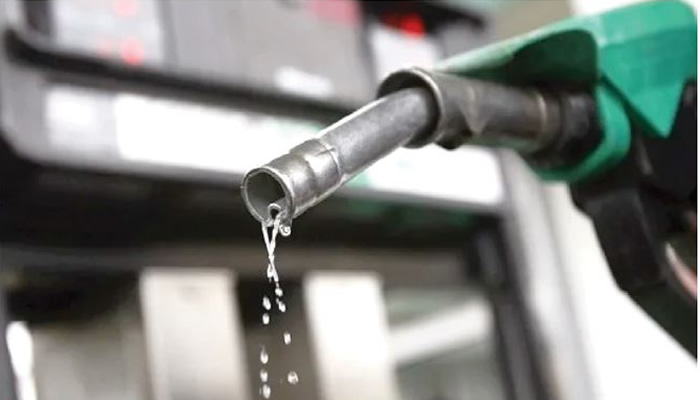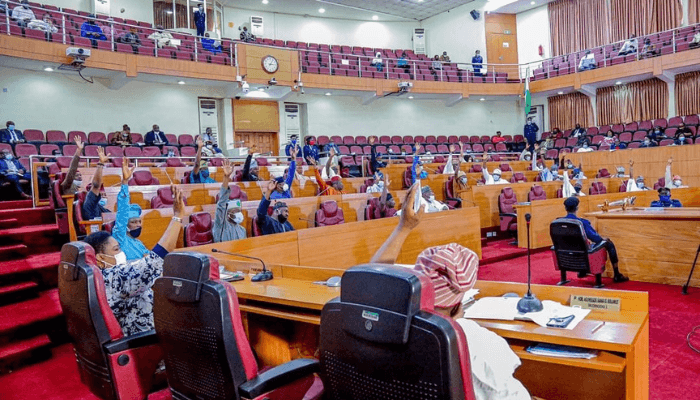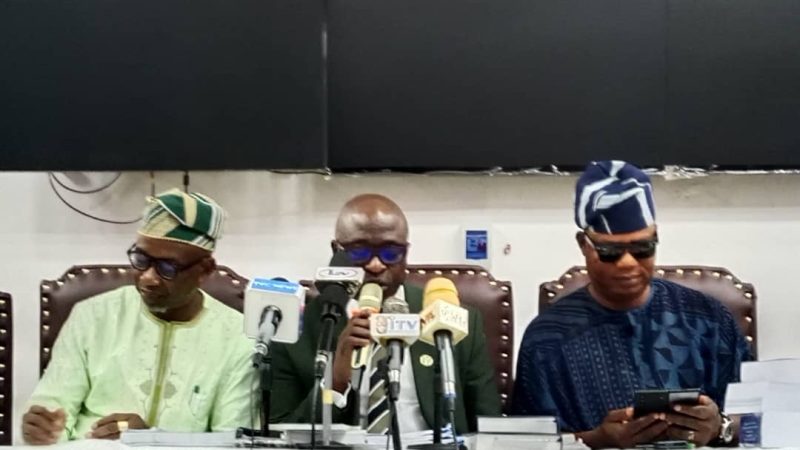Two years after President Bola Ahmed Tinubu announced the removal of Nigeria’s controversial fuel subsidy with the words, “Subsidy is gone,” the country remains deeply divided over the policy’s aftermath. Hailed by some as a bold economic reform, and condemned by others as a catalyst for suffering, the decision has fundamentally altered the nation’s economic and social fabric.
As dust settles on the second anniversary of the policy shift, Nigerians are asking a difficult question: Has the pain led to progress — or simply more pain?
The Economic Gamble
For decades, the Nigerian government subsidized petrol prices, keeping fuel artificially cheap while spending billions of dollars annually. By 2022, fuel subsidies cost the government an estimated ₦4.39 trillion — nearly one-third of the entire national budget.
President Tinubu, following in the footsteps of the Buhari administration’s long-delayed plans, finally pulled the plug in May 2023. The rationale was simple: remove the subsidy, free up funds for infrastructure, education, and health, and allow market forces to dictate fuel prices.
Two years on, however, the economic ripple effects have been both profound and polarizing.
Cost of Living: A Nation Under Strain
The immediate consequence of subsidy removal was an exponential rise in petrol prices, jumping from around ₦185 per liter to over ₦600 in some regions. Transport fares surged, triggering inflation across sectors — from food and housing to healthcare and education.
The inflation rate hit a 27-year high in 2024, pushing more Nigerians below the poverty line. Small businesses, dependent on fuel for generators amid an unreliable power grid, faced skyrocketing operational costs. For ordinary citizens, day-to-day survival became more expensive — and more uncertain.
“We spend more money getting to work than we earn in a day,” said Grace Omoruyi, a cleaner in Abuja. “Everything has gone up — rice, bread, even water. But our salaries are still the same.”
Public Sentiment: From Optimism to Outrage
Initial optimism about reinvestment of subsidy savings quickly gave way to frustration, as Nigerians struggled to see tangible improvements in their daily lives. The government launched a ₦500 billion palliative program and rolled out cash transfers to vulnerable households, but many critics say the intervention was poorly targeted, insufficient, and marred by delays.
Street protests, labor strikes, and student demonstrations erupted sporadically over the past two years, with many accusing the government of imposing hardship without a safety net.
“We were told the sacrifice would lead to a better Nigeria,” said Abdulrasheed Musa, a university student in Kano. “But what we see is a government spending on luxury while the people suffer.”
What Happened to the Savings?
One of the central promises of subsidy removal was fiscal relief — and indeed, the government says it has saved trillions. But transparency around how these savings have been spent remains limited.
While major infrastructure projects have been announced — including roads, rail, and a plan to expand gas-powered energy access — implementation has been slow and uneven. Analysts also point to continued government waste, including luxury convoys, foreign trips, and an inflated political class, which undermines the credibility of subsidy removal as a tool for national development.
Winners and Losers
While the majority of Nigerians have faced hardship, certain sectors have benefited. Oil marketers now operate in a deregulated environment, and private sector investment in modular refineries and distribution is on the rise. The Dangote Refinery, expected to reduce Nigeria’s dependence on imported fuel, is gradually coming online — a potential game-changer in the years ahead.
Economists argue that in the long term, subsidy removal was necessary to avoid fiscal collapse.
“It was unsustainable and regressive,” says Dr. Bamidele Ojo, a public finance expert. “But the way it was done — without cushioning mechanisms and clear communication — created more pain than necessary.”
Looking Ahead
As Nigeria enters the third year without fuel subsidies, the government faces a crossroads: turn symbolic reform into structural change, or risk eroding public trust completely. For many citizens, hope lies in better infrastructure, more reliable power, and a reduction in the elite excesses that continue to define Nigerian governance.
Until then, the question remains open: was the subsidy removal the beginning of reform — or the deepening of inequality?





